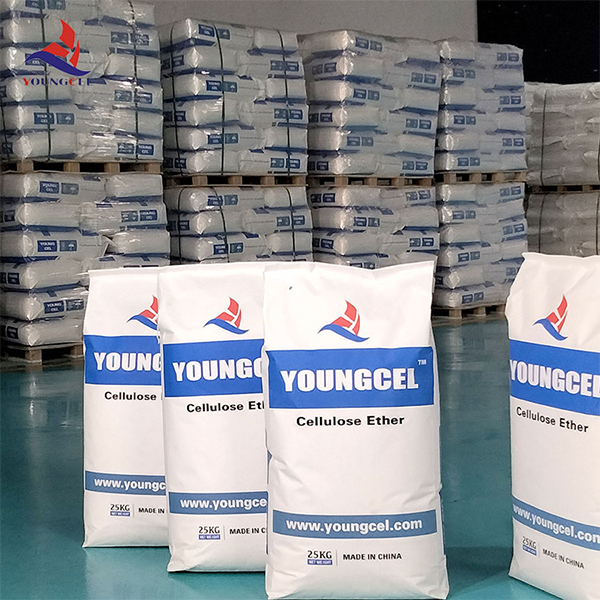Cellulose Polymer Nature’s Versatile Biopolymer
Cellulose, a vital organic polymer, serves as the primary structural component of the cell wall in green plants, algae, and some fungi. As the most abundant biopolymer on Earth, cellulose forms the backbone of much of the plant kingdom, accounting for roughly 33% of all plant matter. Its unique properties and versatility have made it an essential material in various industries, including textiles, paper, food, and biofuels. This article explores the characteristics, applications, and potential of cellulose polymers in an increasingly sustainable world.
Structure and Properties
Cellulose is primarily composed of β-D-glucose units linked by β(1→4) glycosidic bonds, forming long, linear chains that can aggregate into crystalline structures. The polymer's high degree of polymerization imparts significant strength, making it an ideal material for plant structures. The hydroxyl groups (-OH) present in cellulose contribute to its hydrophilicity, enabling it to form hydrogen bonds with water molecules and other cellulose chains, which enhances its stability and strength.
The crystalline and amorphous regions in cellulose contribute to its mechanical properties. The crystalline regions provide tensile strength and resistance, while amorphous areas contribute to flexibility and ease of modification. These structural characteristics make cellulose a unique polymer, suitable for various industrial applications.
Industrial Applications
1. Textiles and Fashion Cellulose is a key ingredient in fabrics such as cotton, rayon, and lyocell. Cotton, a natural fiber derived from cellulose, is renowned for its softness, breathability, and moisture absorption. Rayon and lyocell, produced through the regeneration of cellulose, offer sustainable alternatives to synthetic fibers, being biodegradable and made from renewable resources.
2. Paper and Packaging The paper industry heavily relies on cellulose fibers derived from wood pulp. The unique properties of cellulose allow for the production of high-quality paper products. Furthermore, cellulose-based biodegradable materials are revolutionizing the packaging industry, offering an eco-friendly alternative to plastic.
cellulose polymer

3. Food Industry In the food sector, cellulose is often used as a thickening agent, stabilizer, and texturizer. Cellulose derivatives like carboxymethyl cellulose (CMC) and microcrystalline cellulose (MCC) enhance the texture and stability of food products, such as ice cream, sauces, and baked goods. These additives help improve mouthfeel while maintaining low-calorie levels, catering to health-conscious consumers.
4. Pharmaceuticals Cellulose and its derivatives are extensively used in the pharmaceutical industry. They act as excipients in drug formulations, aiding in the controlled release of active ingredients. Hydroxypropyl methylcellulose (HPMC) is commonly used as a binder in tablets, while cellulose nanocrystals are explored for drug delivery systems.
5. Biofuels As the world moves towards sustainable energy, cellulose has emerged as a promising feedstock for biofuel production. Cellulosic ethanol, derived from plant lignocellulosic biomass, offers a renewable energy source that can reduce dependence on fossil fuels. Advances in biotechnology are enhancing the efficiency of converting cellulose into bioethanol, making it a viable alternative in the fight against climate change.
Environmental Impact and Future Perspectives
With the growing concern over plastic pollution and the environmental impact of conventional materials, cellulose presents a sustainable alternative. Its biodegradability and renewability make it a crucial player in the shift towards a circular economy. Research is ongoing to explore the full potential of cellulose and its derivatives, investigating novel applications ranging from biodegradable plastics to advanced composites in the automotive and aerospace industries.
Moreover, the development of cellulose nanomaterials has spurred interest in nanotechnology, where cellulose can be processed into nanofibers and nanocrystals with unique properties suitable for high-performance applications. These innovations promise to enhance the performance of materials while maintaining sustainability.
In conclusion, cellulose polymer stands as a remarkable testament to nature's ingenuity. Its diverse applications and environmental advantages position it at the forefront of sustainable development. As technological advancements continue to evolve, it is likely that cellulose will play an increasingly central role in shaping a greener and more sustainable future.
-
Rdp Powder: Key Considerations for Wholesalers in the Building Materials IndustryNewsJul.08,2025
-
Key Considerations for Wholesalers: Navigating the World of Hpmc - Based ProductsNewsJul.08,2025
-
Hpmc Detergent: Key Considerations for WholesalersNewsJul.08,2025
-
Key Considerations for Wholesalers: China Hpmc For Tile Adhesive, Coating Additives, Concrete Additives, and MoreNewsJul.08,2025
-
Crucial Considerations for Wholesalers: Navigating the World of Construction MaterialsNewsJul.08,2025
-
Key Considerations for Wholesalers Sourcing Additive For Cement, Additive For Concrete, Additive For Putty from Additive Manufacturer Shijiazhuang Gaocheng District Yongfeng Cellulose Co., Ltd.NewsJul.08,2025




